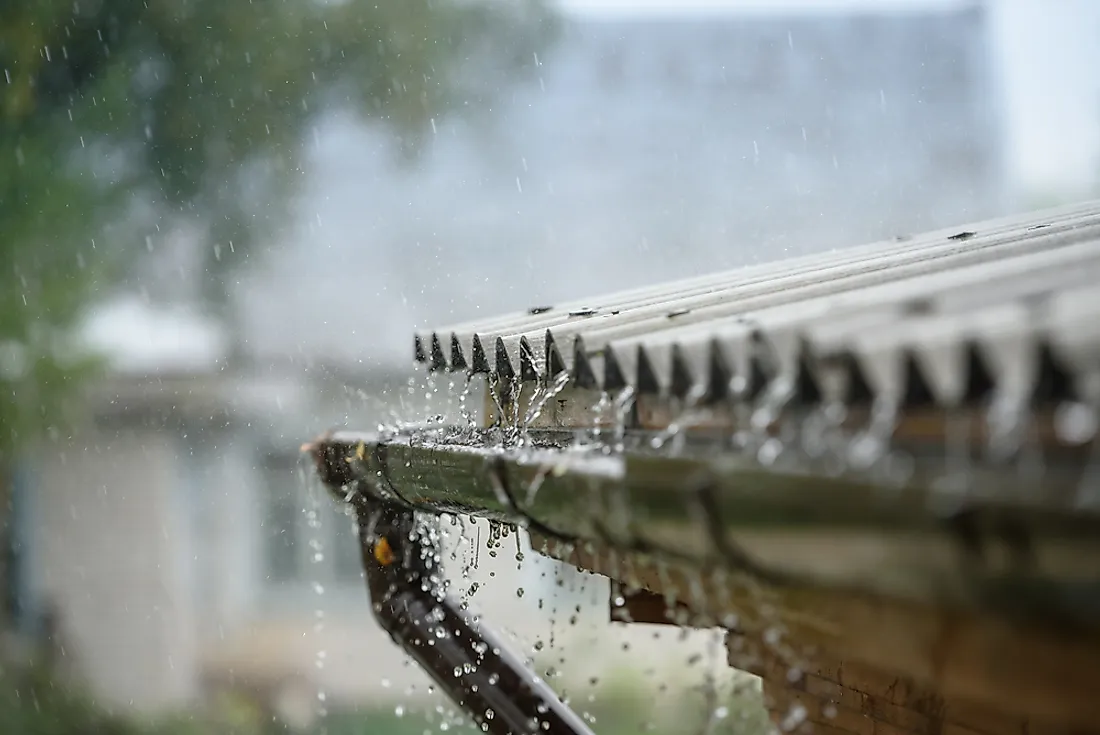What Is Rainwater Harvesting?

Rainwater harvesting is the collecting and storage of rainwater on a large scale capacity for future use. Rainwater can be collected in an open field, from the roof of buildings in residential areas, from rivers, and many other sources and directed to a storage facility like a dam or tanks. Harvested rainwater comes in handy during the dry season as it serves many functions from irrigation to being the source of drinking water after treatment.
History of Rainwater Harvesting
The art and ingenuity of harvesting rainwater is not a modern concept; it is an activity that has its roots in the Neolithic Age where the then early men used earthen cisterns to store drinking water. The Greeks further revolutionized water harvesting techniques to another level when they invented the earliest forms of dams, large basins where all the rainwater would collect in the city of Crete. The Romans also came up with their aqueducts which directed water into cisterns in the city of Pompeii.
Modern Day Rainwater Harvesting
Different rainwater harvesting projects around the world have been set up to solve the current water crisis that many countries are experiencing due to global warming. Thailand has the highest number of people who depend on rainwater and who have been harvesting it since the 1980s. In places like Bermuda, all new buildings are required by law to have grooves built on them for collecting rainwater and storing them appropriately. In Myanmar where groundwater is saline and unfit for drinking, rainwater forms a vital source for the people who have been harvesting it for centuries and storing them in traditional mud-lined ponds.
Benefits of Harvesting Rainwater
Rainwater is cheap, and with very little traces of impurities, all an individual needs are to acquire means of storage and the rain itself. The cost of treating water is also low and easy to accomplish without the need experts. Rainwater harvesting provides a reliable alternative source of water in regions where they experience scarcity of water and an extra source in places that do not a problem with water allowing people to direct it to other uses like irrigation or generation of electricity. Rainwater also reduces water bills drastically; it can be used interchangeably with regular water but for other tasks like laundry which consume large amounts of water.
Dangers of Harvesting Rainwater
As much as water from the rain is pure, sometimes it runs off surfaces that may contain impurities which may be a danger to humans. Most houses in developing countries are made of corrugated iron sheets which rust with time; when rainwater washes off the rust into storage tanks, drinking this kind of water can lead to health complications. Some roofing material contains high levels of lead and asbestos which are toxic to the human body if consumed directly. Some areas in developed countries are heavily industrialized which means air pollution levels are very high. When rainwater mixes with some of the chemicals in the air the water becomes acidic and unsuitable for use. Untreated rainwater is a source of dangerous waterborne diseases like bilharzia and cholera which can lead to death if left untreated.











